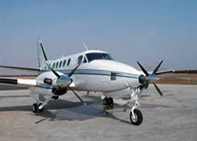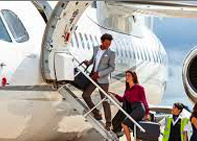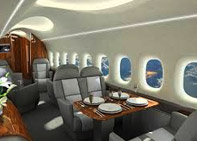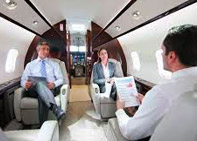In a groundbreaking development, Embraer has launched a cutting-edge automatic takeoff feature for its E2 family of passenger jets. The automation concept Embraer Enhanced Takeoff System (E2TS) is expected to lead to much-enhanced range capabilities from short runways to increasing fuel capacity, range, and payload.
Slated for service by the end of 2025, the E2TS will support minimising pilot actions to achieve a shorter take-off run without compromising the minimum required climb gradient and the need to avoid tail-strike. At the Farnborough Airshow, the OEM revealed that the system will be available in the fourth quarter of 2025. Additionally, this feature will be available for retrofit on aircraft that have already been delivered.
Luis Carlos Affonso, Embraer’s senior vice president of engineering and technology development, highlighted that the system will operate on a patented software upgrade to the existing flight control system. After working on the software for nearly three years, the system is expected to be more precise and consistent than manual rotations. It is also likely to work in scenarios including engine failure. The E2TS system will rotate the aircraft to its utmost geometric limits, ensuring optimal performance. Moreover, it will avoid a tail strike at the same rotation speeds as it would for manual takeoffs.
Affonco also highlighted how pilots could select the auto-takeoff mode with autothrottle and engage the autopilot. The takeoff is expected to initiate by pushing the power levers forward to engage the autothrottle. He reiterated how the only thing that would not change is that pilots would not have to rotate the aircraft.
The airframer expects it would result in an increase in aircraft performance compared with a conventional take-off, particularly from demanding airports such as London City, from where it claims an additional 350 nm range could be extracted. Plus, it would extend to Florence or Rio de Janeiro’s Santos Dumont.
In this context, Arjan Meijer, Embraer commercial aviation chief stated that it would give more fuel at take-off, giving more range, or more payload to take away from the airport. He also highlighted developing and launching the E2TS was based on insights on customer demand. Ultimately, it will also fulfill the ambition to advance their avionics capabilities to the next level.







